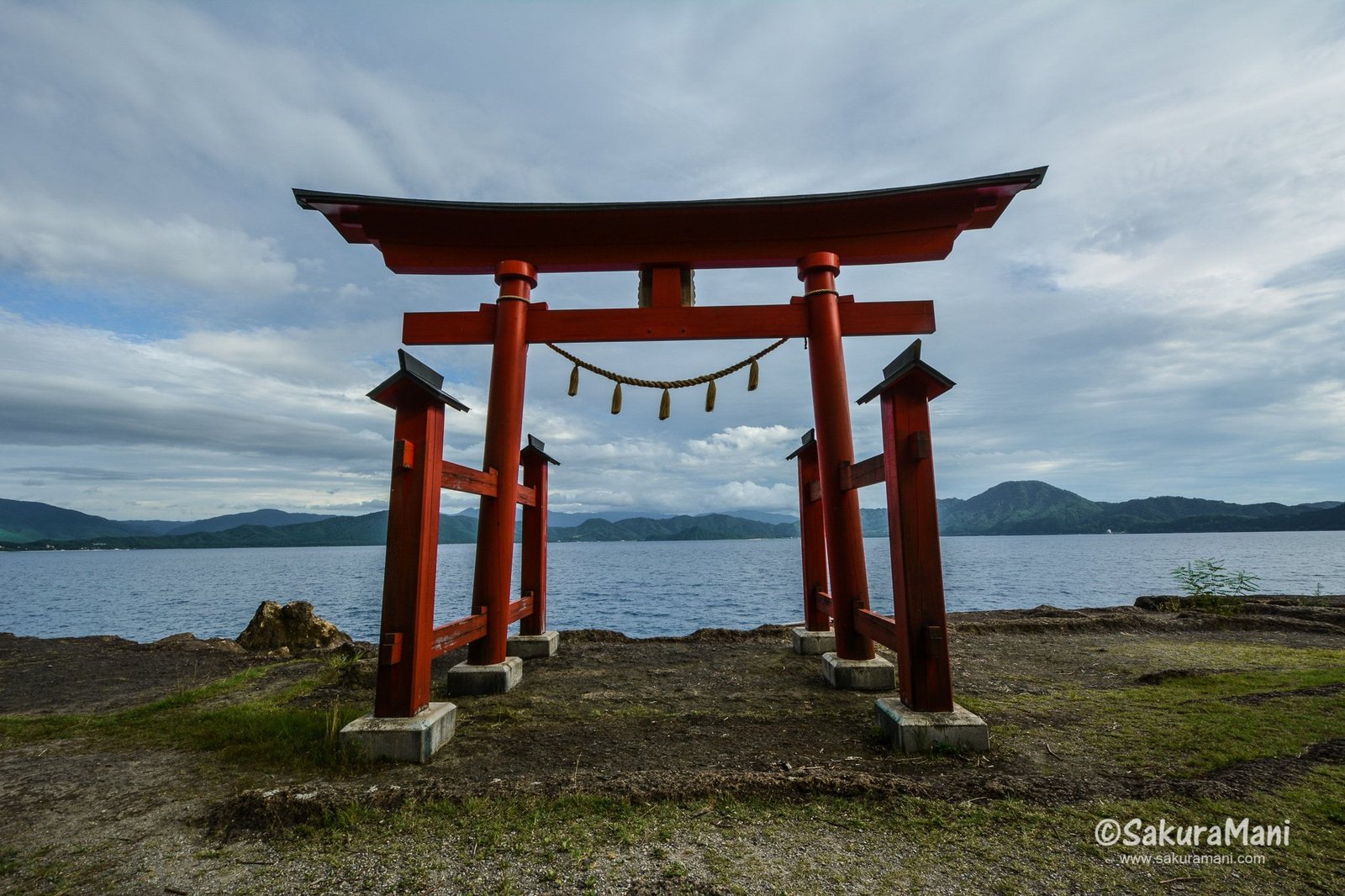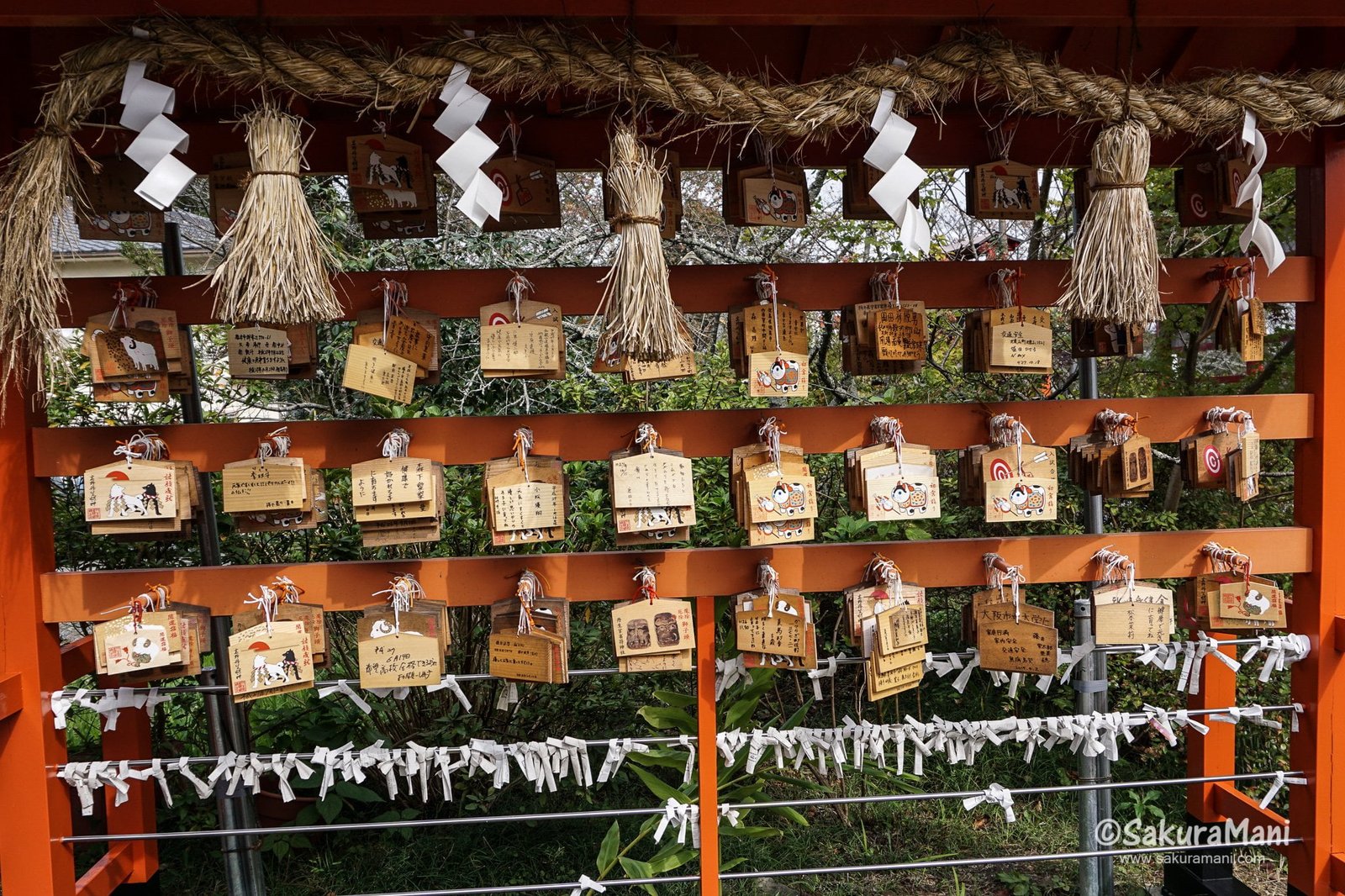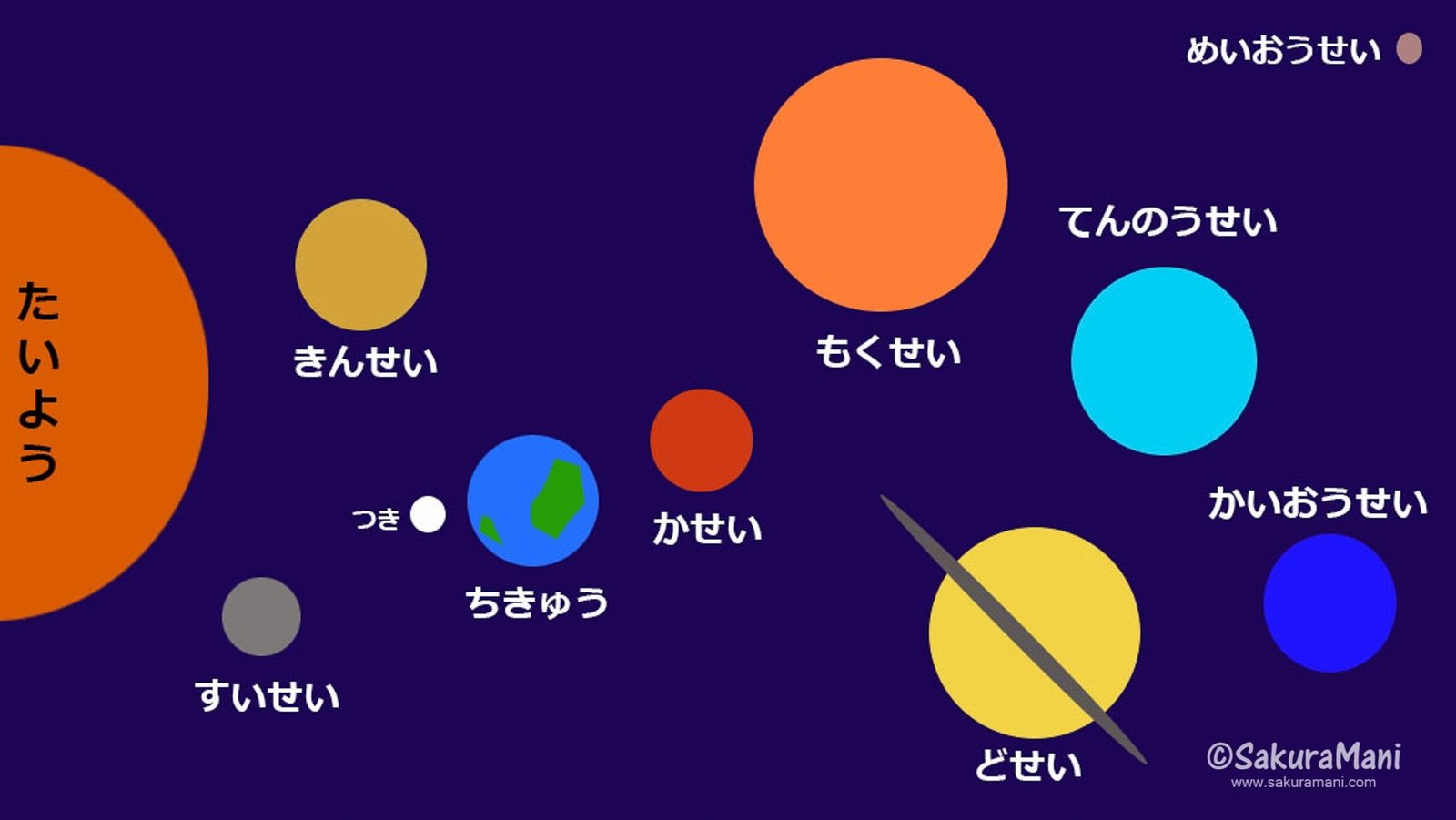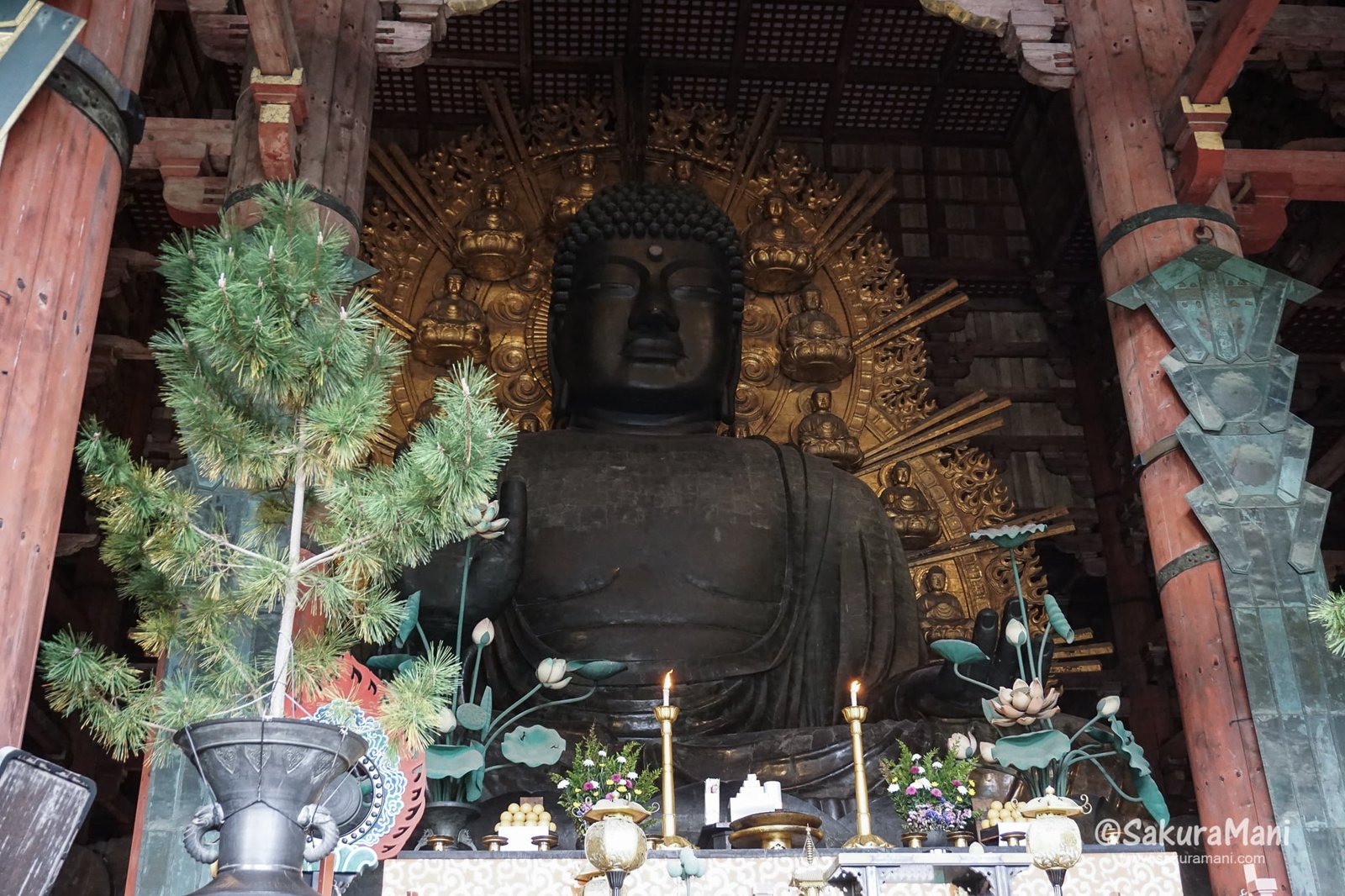Torii 鳥居 gates are mostly found in front of shrines in Japan. It is an important cultural symbol as it marks the entrance to a sacred ground or a divine territory. Although the origin of torii 鳥居 is unclear there exists a few theories. It is often believed that construction of torii 鳥居 was passed down to Japan from […]
Blog
The importance of Ema in Japan
What is ema? Those cute wooden votive plaques hanging outside a shrine or a temple are called ema. People tie ema for two reasons – when they are praying for something or when their wish comes true. Ema usually come with painted pictures and people just written down wishes on them before tying them up. But why its called an ema? Ema […]
The Cherry Blossoms of Hikone and Nagahama
Almost 13 kilometres away from the overflowing cherry blossom parks of Kyoto stands an elegant white castle on top of a small hill in Shiga prefecture. Surrounded by a wide moat and a thick stone wall, Hikone castle is one of the 12 original castles still remaining in Japan. I set out for Hikone from Nara to view […]
The Four Seasons of Wakakusayama
Nara, the ancient capital of Japan is best known for its temples more than anything else. Most visitors come here to pay homage to the great 大仏 daibutsu (Buddha) of Todai-ji and have fun at Nara deer park. If you wish to move away from the crowd and experience Nara’s wild beauty, you should hike […]
How did Hiragana and Katakana originate?
If you have started learning Japanese, you might have heard by now that there were no written scripts in Japan until Kanji were introduced from China. In early Japan, people only communicated verbally and once kanji were introduced in the 5th century, chronicles, stories and poems emerged in the written form. Soon Hiragana and Katakana scripts […]
Seven Great Temples of Nara
南都七大寺 Nantoshichidaiji is the name given to a group of seven temples in Nara. 南都 Nanto means the southern capital. Nara was Japan’s ancient capital from 710 t0 794 CE. During this period, Buddhism flourished in Japan and gradually gained devotees. During the Nara period, many Buddhist temples were built in the capital which received imperial patronage. Among these, […]
The Solar System in Japanese
The Japanese names of the planets as well the days of the week are 漢語 kango or words of Chinese origin. Learn how to say the days of the week in Japanese from my previous lesson Dates and Days in Japanese.
Finding India in Japan
I am talking about that feeling you get when you are walking down the streets of a foreign land and then suddenly you spot something that is connected to your motherland. It could be a restaurant that serves your country’s cuisine or a handicraft store that sells items imported from your country or anything else […]
5 Useful Japanese Expressions
In my post about ‘aizuchi‘, I mentioned about five useful interjections that are used as filler responses during any conversation. Today, I would like to introduce five more useful words that will help you during conversations. These words complement one’s response and convey their feelings. ちょっと Literally chotto means little. Like in, ちょっと待ってください (chotto matte […]
Non-English Katakana Words
In my previous lesson about Katakana, I listed down five situations when Katakana script is used over Hiragana or Kanji. In this post I would like to share some facts about 外来語 gairaigo. Katakana is mainly used when writing loanwords or 外来語 gairaigo like スピーチ (speech)、トマト (tomato) or パーティー (party) in Japanese. All these words are […]







